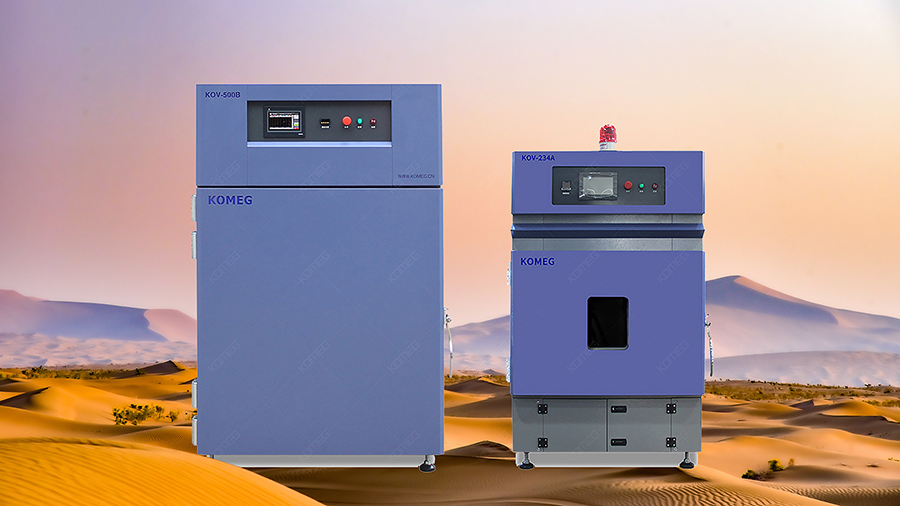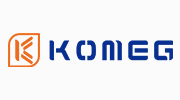Industrial ovens are always used in the production process of many products. They are used in electronics, optics, semiconductors, communications, electroplating, PCB, LED, new energy, photovoltaic, home appliances, optical glass and many other aspects to perform precision baking, curing, tempering, preheating and shaping processes. Industrial ovens have high requirements on temperature and cleanliness, and their quality directly affects the production process of the whole product.

Industrial oven is one of the drying equipment. Due to the different characteristics of each baking product, the requirements for industrial oven are also different. Each industrial oven device has its specific scope of application, and for each material, there are several drying devices that can meet the basic requirements, but only one is more suitable. If proper equipment is not selected, in addition to bearing unnecessary high procurement costs, it will not be worth the loss to affect the baking effect of materials, such as low efficiency, high energy consumption, high operating costs, poor product quality, and even the device can not operate normally.
Therefore, when purchasing industrial ovens, we should understand their classification and application, and then select them according to specific materials and special requirements, so as to achieve twice the result with half the effort.
First.Classification and application fields of industrial ovens
Application fields of high-temperature ovens (ovens): aerospace, nano materials, silicone rubber, precision ceramics, powder metallurgy, spraying, hardware, motor, stator, rotor, auto parts, etc.
The application fields of dust-free clean ovens (100%, 1000%, 10000%): silica gel, semiconductor, LCM, LCD, LED, MLCC, TFT, touch screen, solar panel, backlight panel, ceramics, quartz oscillator, PCB, PE, electrolytic capacitor, rubber plastic keyboard, computer parts, etc.

Large industrial oven applications: PCB, hardware, plastic, chemical, silk screen, spraying, electronics, etc.
Application fields of vacuum oven: heat sensitivity, easy decomposition, easily oxidized substances, medicine, etc.
Application fields of LED dedicated oven: LED photoelectric industry, dot matrix, digital tube, LED, SMD, high-power, chip curing and baking.
Second, how to choose the appropriate industrial oven
The selection of appropriate industrial ovens should be determined according to their own products. Different products are related to the specifications, temperature, output power, operation settings, structure and materials of electric ovens.
1. Select from the required function/size
Industrial ovens are mainly used for drying, baking, heating, tempering, drying, aging and other solutions, and have been widely used in various manufacturing industries.
The size and specification shall be determined according to the size and capacity of the items to be tested to meet the production demand. Industrial ovens with low capacity or for experiment can be customized.
2. Consider from the required temperature
No matter what kind of oven is used, the temperature should be 20 ℃ higher than the actual use temperature. According to the process requirements, the actual temperature difference should be calculated to ensure the baking effect. For example, if the use temperature is 260 ℃, the MAX280 ℃ can be used.
3. Considering the size of the site
If the industrial oven is placed on the floor, you should consider whether you can enter the door or the elevator. It is generally OK to have an elevator.

Third, precautions for using industrial oven
1. Industrial ovens should be installed at indoor dry and horizontal places. Different types of industrial ovens have different configurations. Please read the equipment manual carefully before use. When ready, put in the sample, close the door, turn on the power, set the temperature, etc.
2. A current air switch matching the test shall be installed on the power line of the industrial oven, and there shall be a grounding wire. Do not arbitrarily remove the side door of the industrial oven to change the circuit. Only when the test chamber fails, open it for inspection or notify the manufacturer. After the temperature reaches the standard, the high temperature switch of the industrial oven can be turned off to reduce power consumption and extend the service life of the relay.
3. If you want to observe the sample situation in the industrial oven studio, you can use the glass door to observe. The door cannot be opened to avoid affecting the constant temperature conditions in the oven. Especially when the temperature rises to 300 ℃, if you open the door, the glass door may be suddenly cooled and cracked. In addition, the inside and outside of the industrial oven should be kept clean.
During use, the temperature shall not exceed the limit temperature of industrial oven. And special tools should be used when testing. Prevent scalding, cut off the power supply timely after work to ensure safety.
The Fourth KOMEG Precision High Temperature Industrial Oven Series
KOMEG Precision Oven Series has explosion-proof ovens, large precision ovens for battery testing, double-layer high temperature ovens, industrial dryers, large high temperature ovens and other products, which are widely used in the heat treatment and temperature characteristic test of industrial production lines.

Product features:
-
Forced convection temperature regulation type with blower and adjustable wind speed device; Heating PID+SSR regulation mode
-
Precision temperature controller to improve temperature uniformity and achieve high precision (0.1%) and high performance
-
Integrated independent adjustable electronic overtemperature protection device, electromechanical control of exhaust valve, and optical alarm device
-
Meet the requirements of LAN RS232/485 connection to form a laboratory measurement and control network, realize remote monitoring, and facilitate user system integration and automatic monitoring
-
Hydrodynamic precision calculation, which can save up to 30% energy compared with common equipment on the market
-
Temperature range: RT10 ℃ to 300 ℃ (450 ℃ customized)
In addition, it also has a variety of options such as high temperature resistant glass window, built-in socket, built-in sample observation lamp, pre filtering system, etc. (optional according to the specific situation) to meet the personalized needs of various applications, meet the aging test expectations, and have been widely used and good reputation in many industries such as industrial and mining enterprises, schools, food, chemical industry, scientific research institutions, etc.








